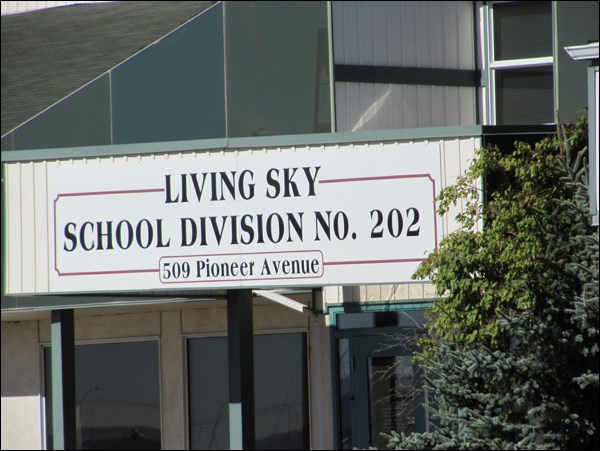Residents of the Major area will find out Jan. 21 if their 49-student school will be removed from under the cloud of possible closure, or if the process of reviewing the school's viability will continue.
Last week a committee charged with reporting the community's response to the possibility of review to the Living Sky Board of Education told board members most residents want the K-12 school to stay open in its current configuration and not be considered for review for at least another five years. One hundred per cent of the residents polled want the school to stay open in some form.
Board members said they were impressed by the strong presentation by the Major School Review Committee.
"We hear your passion," said the board chair Ken Arsenault.
The Major School Review Committee chairperson, Charlene Patton, unabashedly presented their case as one based on an emotional connection to the school, the community's strong support for the school and the success experienced by the school's students cumulatively outweighing the fact that it costs more to educate a student in an out of the way school like Major.
"Maybe you're looking for more," she said, "but we'd like you to strongly consider those things."
While the school's importance to the rural way of life launched the committee's case to end the review process, the long hours children would have to ride buses to be moved to another school proved to be the largest issue of practicality. Some students are already facing up to an hour and a half commute to school, the committee reported. They could see no lessening of those commutes if they have to transfer to Luseland or Kerrobert, especially considering the conditions of some of the roads school buses have to travel.
"If there is even one kid who has to get on the bus and ride and hour and a half to two hours to school, in the dark, and lose their time with their family, it is just not worth it," said Patton.
Comparing the bus ride to school to a commute to work, she said it wasn't fair to ask a child to put in a 50-hour week when most adults wouldn't do the same thing.
"If the financial part is such a problem, that's why I'm asking you guys that maybe more action needs to be taken on your part towards the government."
She said she hadn't seen a lot of proactive support of Major School's situation.
"Have you tried to get funding for us as an isolated school?" she challenged. Major School, the committee determined, is only 1.2 kilometres short of the 40 kilometre specified in the Regulations of the Education Act that would make the school safe from closure or discontinuance for students in Grades K-8.
Patton said she believed the board had the power to change that policy.
Arsenault admitted Major has never come up specifically in any conversations with the Ministry of Education, but said the division is consistent in its requests to the ministry to provide funding adequate to the expectations placed on the division.
"They are telling us to do it, but to do it with less," said Arsenault.
Committee member Garnet Jeffries described that provincial directive as one which moves to invalidate the viability of smaller schools, and as yet another attack on rural Saskatchewan by senior levels of government.
"It's one more nail," he said.
Jeffries takes exception to the idea that having a higher cost per student in small rural schools is unfair to taxpayers in more populated areas. He said it could be interpreted the opposite way. The Major area, he pointed out, is rich in oil and gas, and contributes significant tax dollars to the provincial coffers. The area probably pays $450,000 to $600,000 per student in taxes, he said, adding Major taxpayers could be seen to be subsidizing the education of students in more urban areas.
The possibility of closure has been weighing on the community for more than 30 years, and this is not its first review. In 2009, Major was placed under review by the board of education, following a procedure put in place based on 2008 provincial legislation. The Major School Review Committee of that time recommended the school remain open in its present grade configuration and not be reviewed for five years. The board agreed to not to put in under review again for three years.
The review process was started again in October 2012. Polling of residents on three different options presented by the Major School Review Committee indicated 100 per cent of those who responded wanted to the school to continue to operate in some form and 69 per cent wanted it to stay in its present K-12 configuration. Other options were to become a K-8 school or a K-6 school by the attrition of older students graduating.
The Living Sky School Board is now faced with coming to a decision. A meeting has been scheduled for Jan. 21, when all board members can be in attendance, to come to a decision. Board members have asked administration for as much information as possible on bus routes, ride times and distances, as well as any policies, regulations or legislation that could give Major School special status by virtue of its isolation.




